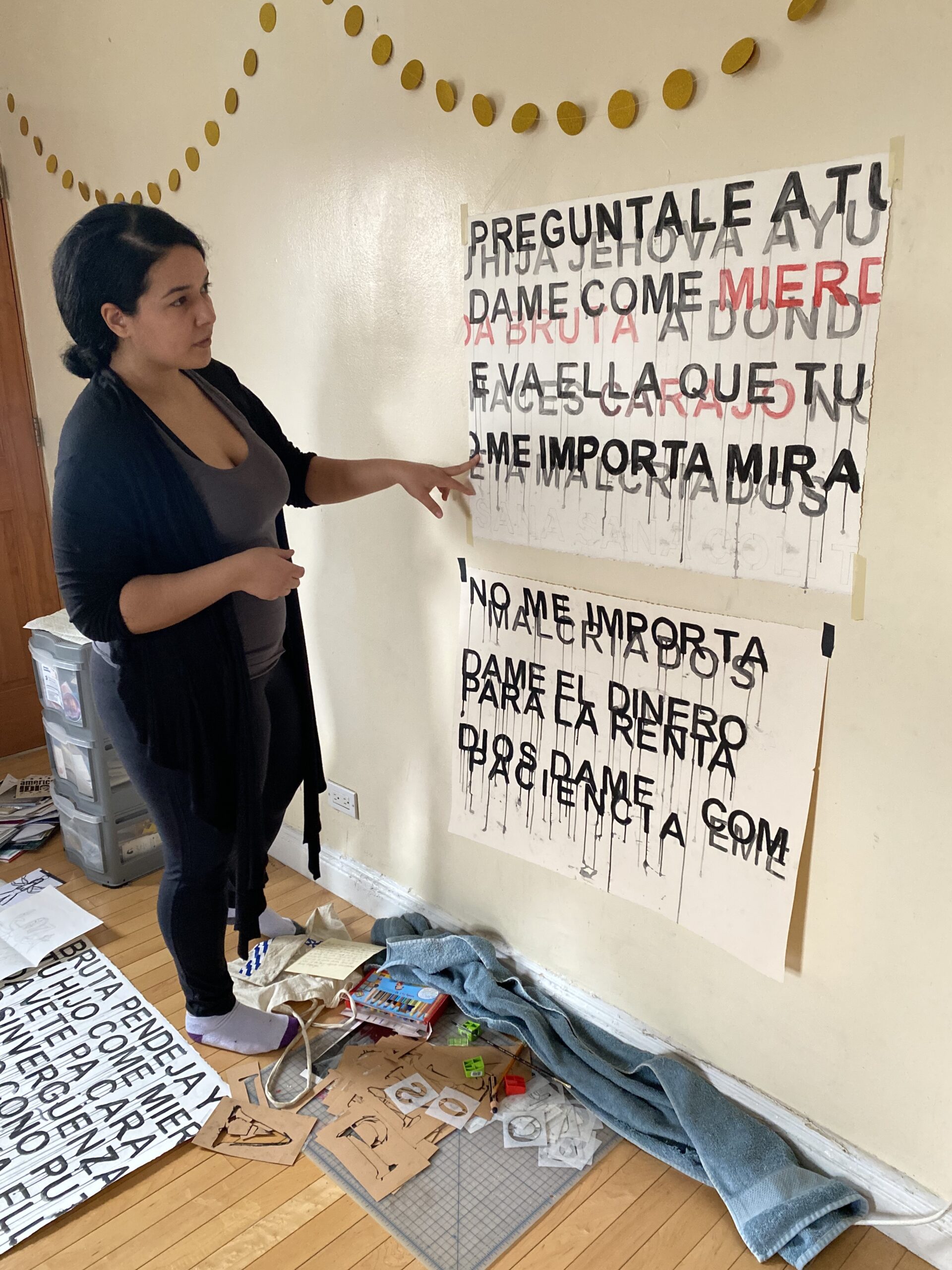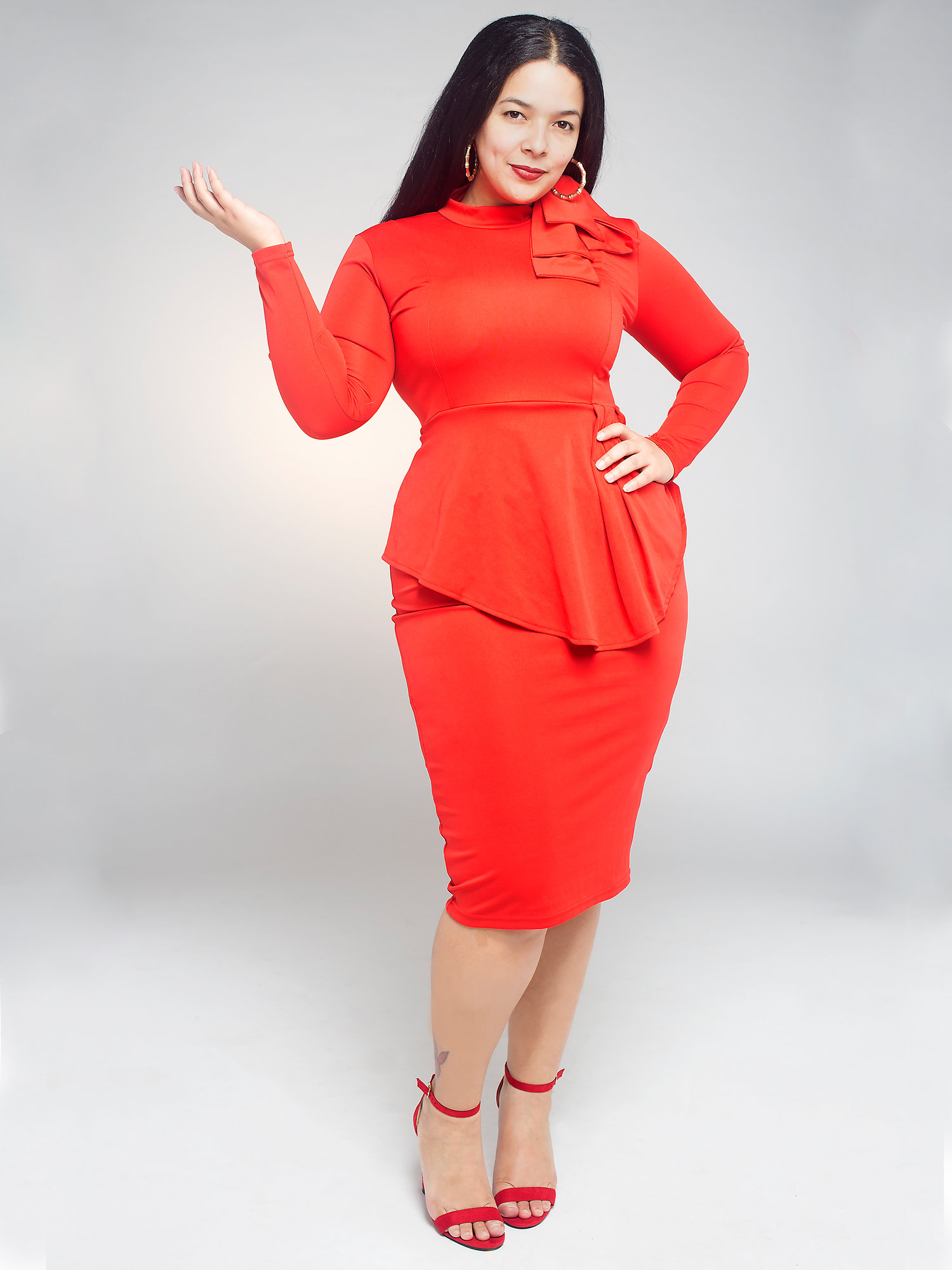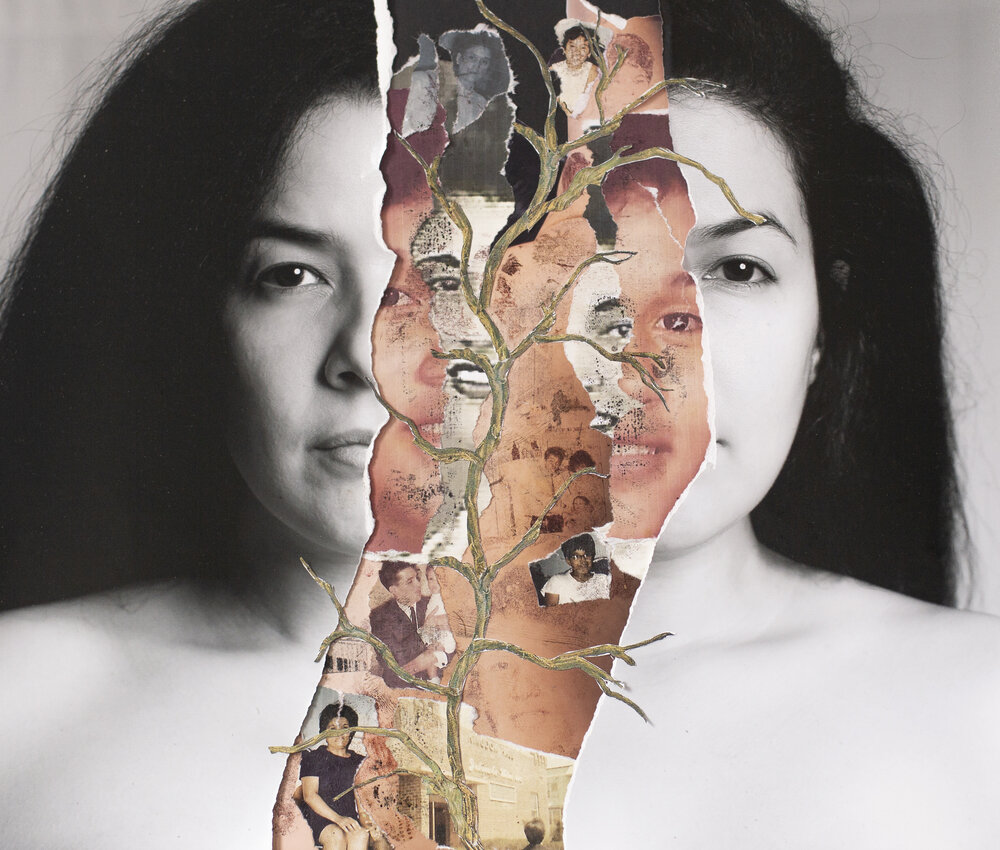When Bronx artist Lizzy Alejandro was about 10 years old, she accompanied her grandmother to Kingdom Hall of Jehovah’s Witnesses in Gun Hill. During the question-and-answer portion, she asked: “If God is all-knowing and already knows what you’re going to do before you do it, then why does He bother ‘testing’ us?”
The entire congregation went silent, and Alejandro’s grandmother glared at her for asking a “bad question.” For as long as Alejandro could remember, she has been challenging the status quo.
Alejandro, born and raised in the Bronx, is a visual artist, photographer, and emerging curator. Through her work, she navigates themes of identity, gender, and sexuality and gender, inspired by her experiences growing up in a mixed religious and cultural upbringing.

She’s currently working on a project called Código (“code” in Spanish), inspired by her relationship to the Spanish language.
“Whenever they [my parents] wanted to say something but didn’t want my brother and I to understand, they would speak Spanish,” Alejandro told me. “The words used in Código are my first words and phrases I remember. As I got older I eventually came to understand what they meant.”
In her photography series, Code Red, Alejandro confronts stigmas surrounding menstruation by embodying period euphemisms from around the world. In one of her most recent projects, Roots, Alejandro explores generational trauma in relation to her Puerto Rican ancestry. Using a mixed media approach, Alejandro tore up and rearranged photographs from her family’s history onto photographs of her body.

Roots was partially inspired by Alejandro’s prior collaboration with Sima Schloss, an artist and Alejandro’s close friend. Schloss and Alejandro have known each other for seven years, having first met during their graduate studies at Lehman College.
“Lizzy’s works and shows are unapologetic and raw. She is not afraid to explore themes that are uncomfortable or taboo,” says Schloss. “Her work is difficult and beautiful at the same time – not an easy combination!”

As a second-generation Puerto Rican, Alejandro says she always felt a disconnect with her Puerto Rican/Latin roots, a theme that comes through in Roots and Código. However, she says her upbringing in the Bronx allowed her to find appreciation in different cultures and religions. Alejandro does her best to work with artists and creators of different backgrounds, in order to reflect the diversity of the Bronx.
Rosmi Hemrajani, one of Alejandro’s closest friends from elementary school, is of Indian heritage. Alejandro grew up immersed in Indian culture and the Hindu religion.
“I definitely see that Lizzy has become more fearless and brave as an artist,” says Hemrajani. “She dedicates so much time into her work to create not only a masterpiece, but to make a difference in this world.”
Alejandro always felt connected to art, since she would always see her father draw and her mother write. When she was 16 years old, she began taking free photography classes in Hunts Point.
“I was inspired to take up photography because I felt no one in my family took great photos,” Alejandro told me. “No one took the time and effort to make sure everything was arranged nicely. Maybe this is where my perfectionist tendencies stem from, now that I think of it.”
When she was 25 years old, Alejandro began working at BronxArtSpace, where she started out as an intern before making her way up to managing the gallery. Her curatorial debut, The Sacred Masculine, took place at BronxArtSpace in June 2021. Alejandro curated works from five male artists, all of whom confronted notions of toxic masculinity through the lens of spirituality and mysticism.
When Alejandro works, she enjoys listening to music, dancing, and if the mood calls, eating or drinking. She describes her music taste as somewhat “eclectic,” her favorite artists being M.I.A. (who she met once), Panjabi MC, and Bomba Estéreo. Alejandro is also a huge fan of anime shows, particularly Samurai Champloo, Kill la Kill, Fullmetal Alchemist, Ouran High School Host Club, and Dororo.
In addition to creating and curating art, Alejandro plans to secure a residency in the near future, and has a collaboration planned with Daurius Martinez, one of the photographers featured in The Sacred Masculine. Martinez, who has been friends with Alejandro for five years, says that his fondest memories with her are the many hours they spent working together in the photography studio at Lehman College.
“Lizzy, as a curator and artist, is in tune with herself and the current state of the world around her. She explores ideas others shy away from,” says Martinez. “What I love most about Lizzy is her drive to create safe spaces for conversation around difficult and sensitive subject matters.”
She hopes to return to teaching one day, when she feels more established in her career. No matter what, however, Alejandro hopes that her work will continue to make people question what we consider to be “the norm.”
“It is my aim to dismantle and challenge the status quo, and create a dialogue within the works relating to history and personal experience,” says Alejandro. “I like making people feel uncomfortable but not just for the sake of it – rather, to get people to think. Who are you outside what society has told you to be?”

